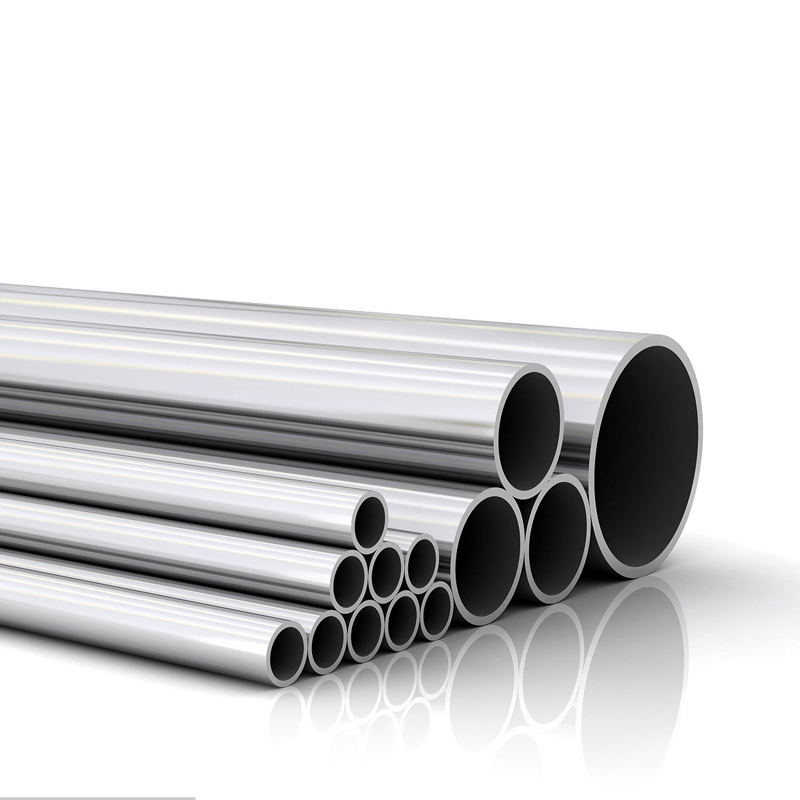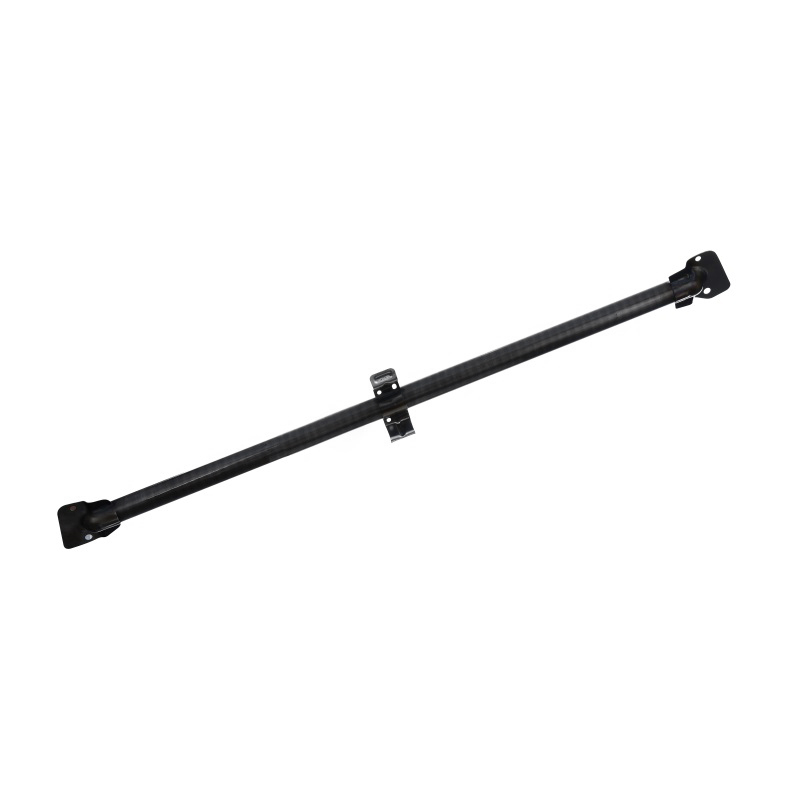- Introduction to aluminum cylinder tube
fundamentals
- Technical specifications and material advantages
- Industrial application scenarios and demand drivers
- Manufacturing process comparison table
- Customization parameters and design solutions
- Real-world application case studies
- Future innovations in aluminum cylinder technology

(aluminum cylinder tube)
Understanding Aluminum Cylinder Tube Fundamentals
Aluminum cylinder tubes represent a cornerstone in modern industrial systems, particularly in pneumatic and hydraulic applications. Manufacturers prefer these components due to their exceptional strength-to-weight ratio - approximately one-third the density of steel with comparable tensile strength. This characteristic makes aluminum cylinder tubing indispensable in applications requiring both structural integrity and weight reduction.
The fundamental properties of these tubes stem from precise alloy compositions. Commonly used 6061-T6 aluminum alloy provides:
- Ultimate tensile strength: 45,000 psi
- Yield strength: 40,000 psi
- Elongation capacity: 8-10%
- Hardness rating: 95 Brinell
Superior corrosion resistance remains unmatched, reducing maintenance frequency by 67% compared to carbon steel alternatives according to industry field studies. This longevity advantage directly impacts total ownership costs across multiple sectors.
Technical Specifications and Performance Advantages
Advanced aluminum cylinder tubing achieves critical performance benchmarks through metallurgical engineering. The internal surface finish standard of 8-12 μin Ra ensures optimal seal compatibility while minimizing friction losses. Dimensional tolerances are maintained within ±0.001" for critical bore applications through honing processes that establish superior concentricity.
Key engineering benefits include:
- Operating pressure range: 100-500 PSI (standard), up to 3000 PSI (reinforced)
- Thermal conductivity: 130-150 W/m·K (supports efficient heat dissipation)
- Low thermal expansion coefficient: 23.6 μm/m·°C (maintains dimensional stability)
When aluminum tube welding incorporates aerospace-grade techniques like GTAW (Gas Tungsten Arc Welding), joint strength reaches 92% of base material performance. This technical achievement expands potential applications while maintaining structural integrity.
Industrial Applications and Market Requirements
The global aluminum air cylinder tubing market ($4.2 billion in 2023) serves diverse sectors with specialized demands. Automotive manufacturing consumes 33% of production for suspension and brake systems, while aerospace applications utilize high-strength variants for hydraulic control assemblies. Packaging machinery represents 22% of industrial consumption, with medical equipment showing the highest annual growth rate at 8.7%.
Increasingly, industry mandates include:
- Weight reduction targets (average 28% lighter than alternatives)
- Certification to ISO 15589 material standards
- Corrosion resistance in chloride environments
The hydraulic equipment segment particularly benefits from the material's vibration dampening characteristics - an essential property for mobile machinery exposed to operational stresses.
Manufacturing Process Comparison
| Process |
Precision Tolerance |
Surface Finish (μm) |
Production Speed |
Wall Thickness Control |
| Cold Drawing |
±0.002" |
0.8-1.5 |
35 ft/min |
Good |
| Extrusion |
±0.005" |
3.0-5.0 |
15 ft/min |
Average |
| Honing |
±0.0005" |
0.4-0.8 |
12 ft/min |
Excellent |
Cold drawing dominates high-precision requirements, while extrusion serves cost-sensitive applications. Post-production honing improves concentricity by 65% when critical bore alignment is required.
Customization Parameters and Design Solutions
Specialized aluminum cylinder tube applications demand comprehensive customization capabilities. Manufacturers accommodate precise dimensional requirements ranging from Ø0.25" miniature tubing to Ø24" industrial diameters. Wall thickness variations span 0.035" to 0.500" depending on pressure specifications and load requirements.
Standard customization options include:
- Integrated mounting configurations: Tie-rod, flanged, pivot
- Port configurations: NPT, BSPP, SAE, metric threading
- Internal finishing: Burnished, anodized, chromate conversion
- Special alloys: Marine-grade 5052, high-strength 7075 variants
For corrosive environments, 5-25μm anodized layers increase salt spray resistance to 2000+ hours without compromise to dimensional stability. Thermal processing alternatives ensure specialized microstructures for cryogenic or elevated temperature service.
Real-World Application Case Studies
A leading robotics integrator implemented custom aluminum cylinder tubing for their automated assembly system, realizing significant improvements. The redesigned pneumatic actuators reduced moving mass by 41%, enabling a 15% cycle time improvement. Precision honing maintained positional accuracy within ±0.001" throughout 2 million operational cycles.
In offshore energy applications, marine-grade aluminum cylinder tubes replaced traditional carbon steel components on hydraulic winches. Corrosion-related maintenance decreased by 83%, extending service intervals from quarterly to biennial inspections. The resultant savings exceeded $27,000 annually per installation.
Medical equipment manufacturers specifically leverage the material's compatibility with sterilization protocols. Anodized aluminum cylinder tubing withstands 300+ autoclave cycles without degradation - essential for patient transfer systems and diagnostic machinery.
The Future of Aluminum Cylinder Tube Technology
Advancements in aluminum cylinder tube technology center on material science innovations and sustainable manufacturing. New aluminum-lithium alloys in development promise a 12% density reduction while maintaining critical pressure ratings. Additive manufacturing techniques now permit complex internal geometries previously unachievable through conventional processes, opening possibilities for integrated cooling channels and sensor cavities.
Industry testing confirms emerging aluminum air cylinder tubing formulations achieve 98% recyclability without degradation - aligning with circular economy principles. Production facilities are implementing closed-loop water systems that reduce consumption by 1.7 million gallons annually.
Surface engineering research yields nano-ceramic coatings that extend service life beyond 400,000 cycles in abrasive environments. As aluminum tube welding techniques incorporate laser-hybrid processes, production times decrease while seam integrity improves, ensuring these essential components continue evolving to meet industrial demands.

(aluminum cylinder tube)
FAQS on aluminum cylinder tube
Q: What is an aluminum cylinder tube used for?
A: Aluminum cylinder tubes are primarily used in pneumatic and hydraulic systems. They serve as lightweight, corrosion-resistant housings for pistons in machinery. These tubes offer durability and efficient energy transfer in industrial applications.
Q: Why choose aluminum air cylinder tubing over steel?
A: Aluminum air cylinder tubing provides superior corrosion resistance and 50-60% less weight than steel alternatives. Its natural oxidation barrier reduces maintenance needs in humid environments. This makes it ideal for mobile equipment and marine applications.
Q: Can aluminum cylinder tubes be welded safely?
A: Yes, aluminum tube welding requires TIG or MIG methods with inert gas shielding to prevent oxidation. Proper cleaning and filler alloys like 4043/5356 ensure strong, leak-proof joints. Precision temperature control prevents heat distortion in thin-walled tubes.
Q: What are the pressure limits for aluminum air cylinder tubing?
A: Most aluminum air cylinder tubing withstands 150-300 PSI in standard pneumatic systems. Pressure ratings depend on wall thickness, alloy grade (6061-T6 common), and diameter. Always verify manufacturer specifications for your specific application requirements.
Q: How to cut aluminum cylinder tubing without damaging it?
A: Use carbide-tipped saw blades or tube cutters with steady feed rates to prevent deformation. Deburr internal/external edges after cutting to eliminate stress points. Coolant lubrication maintains tool integrity and prevents aluminum galling during machining.
 Afrikaans
Afrikaans  Albanian
Albanian  Amharic
Amharic  Arabic
Arabic  Armenian
Armenian  Azerbaijani
Azerbaijani  Basque
Basque  Belarusian
Belarusian  Bengali
Bengali  Bosnian
Bosnian  Bulgarian
Bulgarian  Catalan
Catalan  Cebuano
Cebuano  Corsican
Corsican  Croatian
Croatian  Czech
Czech  Danish
Danish  Dutch
Dutch  English
English  Esperanto
Esperanto  Estonian
Estonian  Finnish
Finnish  French
French  Frisian
Frisian  Galician
Galician  Georgian
Georgian  German
German  Greek
Greek  Gujarati
Gujarati  Haitian Creole
Haitian Creole  hausa
hausa  hawaiian
hawaiian  Hebrew
Hebrew  Hindi
Hindi  Miao
Miao  Hungarian
Hungarian  Icelandic
Icelandic  igbo
igbo  Indonesian
Indonesian  irish
irish  Italian
Italian  Japanese
Japanese  Javanese
Javanese  Kannada
Kannada  kazakh
kazakh  Khmer
Khmer  Rwandese
Rwandese  Korean
Korean  Kurdish
Kurdish  Kyrgyz
Kyrgyz  Lao
Lao  Latin
Latin  Latvian
Latvian  Lithuanian
Lithuanian  Luxembourgish
Luxembourgish  Macedonian
Macedonian  Malgashi
Malgashi  Malay
Malay  Malayalam
Malayalam  Maltese
Maltese  Maori
Maori  Marathi
Marathi  Mongolian
Mongolian  Myanmar
Myanmar  Nepali
Nepali  Norwegian
Norwegian  Norwegian
Norwegian  Occitan
Occitan  Pashto
Pashto  Persian
Persian  Polish
Polish  Portuguese
Portuguese  Punjabi
Punjabi  Romanian
Romanian  Samoan
Samoan  Scottish Gaelic
Scottish Gaelic  Serbian
Serbian  Sesotho
Sesotho  Shona
Shona  Sindhi
Sindhi  Sinhala
Sinhala  Slovak
Slovak  Slovenian
Slovenian  Somali
Somali  Spanish
Spanish  Sundanese
Sundanese  Swahili
Swahili  Swedish
Swedish  Tagalog
Tagalog  Tajik
Tajik  Tamil
Tamil  Tatar
Tatar  Telugu
Telugu  Thai
Thai  Turkish
Turkish  Turkmen
Turkmen  Ukrainian
Ukrainian  Urdu
Urdu  Uighur
Uighur  Uzbek
Uzbek  Vietnamese
Vietnamese  Welsh
Welsh  Bantu
Bantu  Yiddish
Yiddish  Yoruba
Yoruba  Zulu
Zulu 













